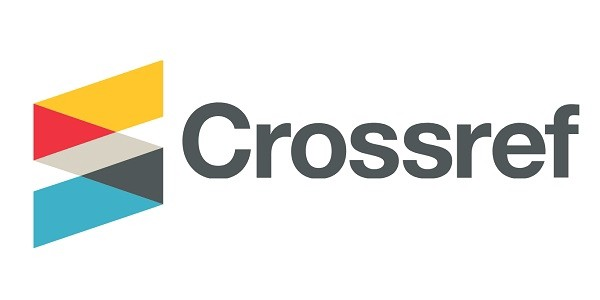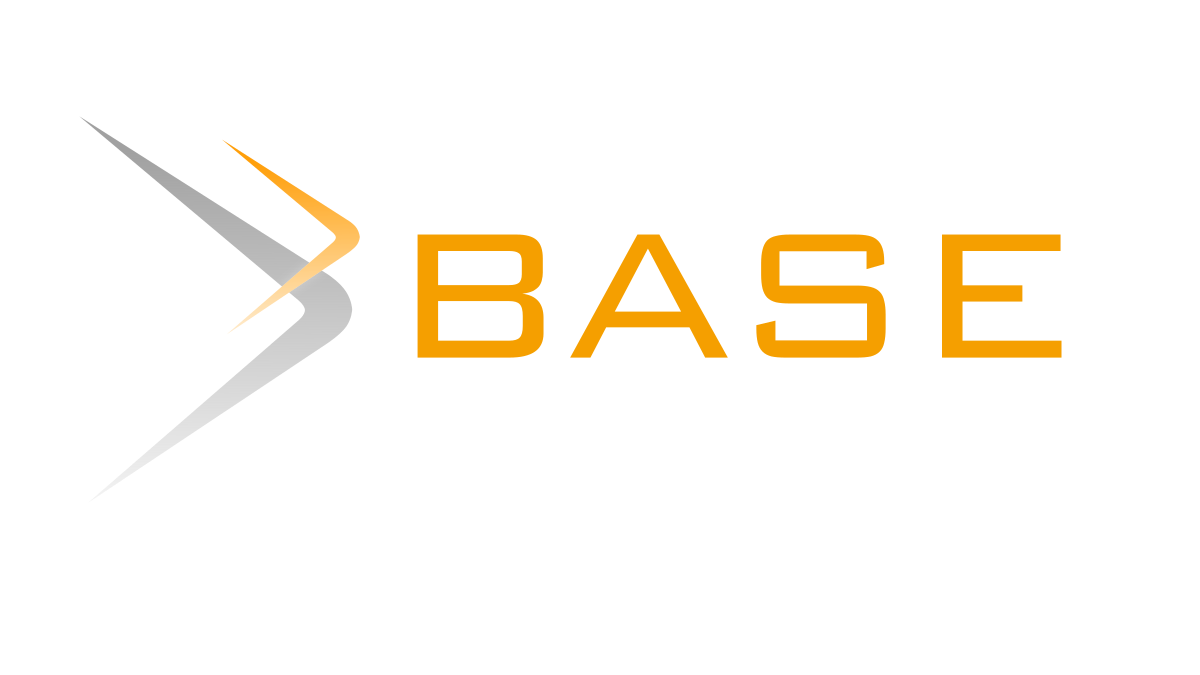ANALISIS LIMBAH MATERIAL KONSTRUKSI PADA PEMBANGUNAN SPORT HALL DENGAN METODE LEAN CONSTRUCTION (STUDI KASUS :SPORT HALL UNIVERSITAS INTERNASIONAL BATAM)
DOI:
https://doi.org/10.37253/jcep.v1i1.7255Keywords:
Material Cconstruction, Waste Material Construction, Lean Construction, Pareto AnalysisAbstract
Material is an important component of costs which is one of the standards for the success of a project. Material waste or so-called construction material waste is a part of a material that does not become a component of a building because it is not used in the construction so that it becomes a problem. For this reason, it is necessary to identify the construction material and the causes of the waste using the lean construction method which has the concept of minimizing the occurrence of waste. In addition, this study uses Pareto analysis assistance which is used to rank 19 materials arranged according to their size, from the largest to the smallest. This study aims to: 1) evaluate the type of material waste produced in a construction project, 2) identify the processes that produce waste sources using the lean construction method, 3) find out the highest and lowest waste levels in the project, 4) know the handling of waste there is. The results of the analysis are: there are four materials that have the potential to cause large waste, namely Steel WF 600 x 30 mm, Spandek Zincalume, Readymix floor plate and Steel WF 200 x 200 mm. Waste level of Steel WF 600 x 300 mm is 2.74%, Readymix on floor slab casting produces a waste level of 0.09%, Spandek Zincalume produces a waste level of 0.08%, and the work of the roof rafter with Steel WF 200 x 200 mm produces a waste level of 0.03%. The process of causing waste is caused by waiting / waiting, transportation and inventory. Handling of these wastes will usually be used to other parts of the work and donated



_0011.jpg)









